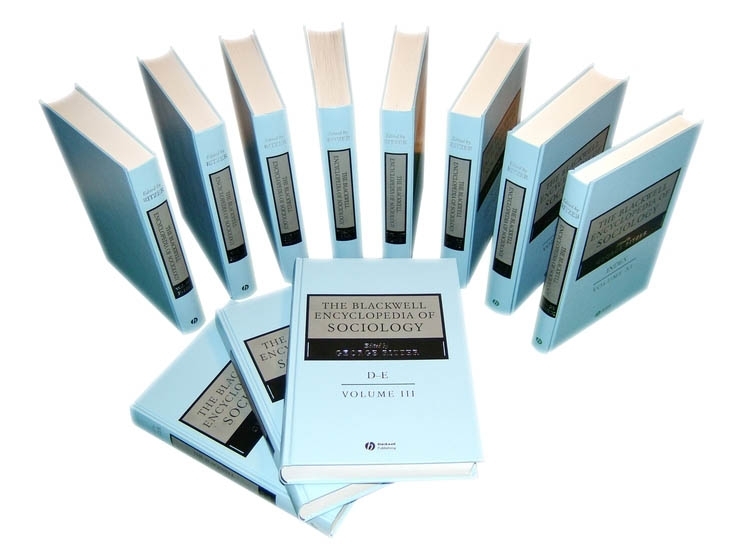Blended Families
Abstract
The term “blended family” can be used to describe any nontraditional family household, such as stepfamilies, families with adoptive children, and families that use an alternative form of pregnancy. Although it is not an easy task, several national surveys and the US Census gather data on blended families to compare trends across time. Since the turn of the twenty-first century, the number of stepfamilies (the most common type of blended family) in the United States has been found to remain constant, but the number of cohabiting stepfamilies has significantly increased. Research also suggests that outcomes for children in blended families differ from the outcomes for children reared in traditional households. The prevalence of these families has caused legislatures to create new policies that apply to families without the traditional nuclear family structure.



